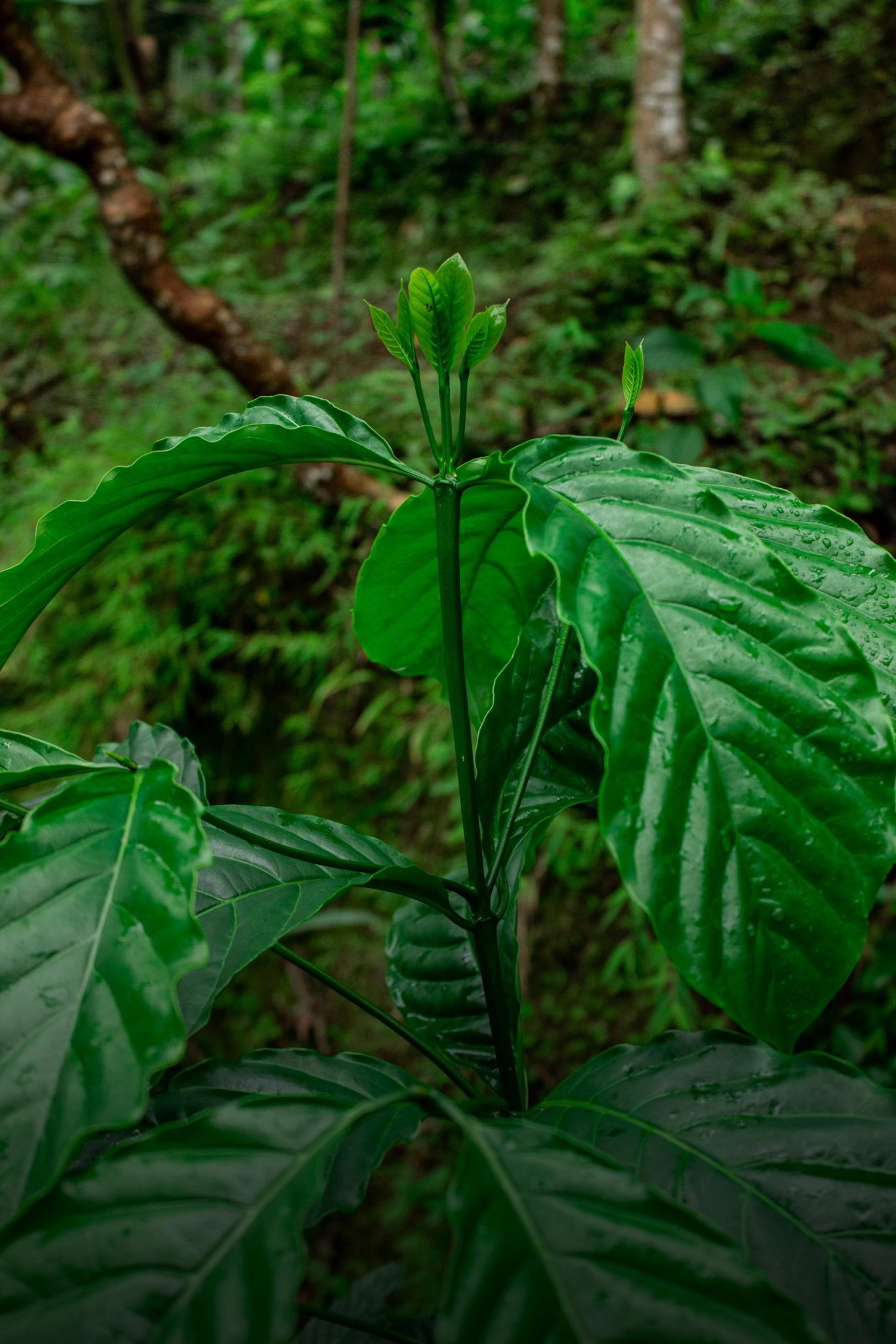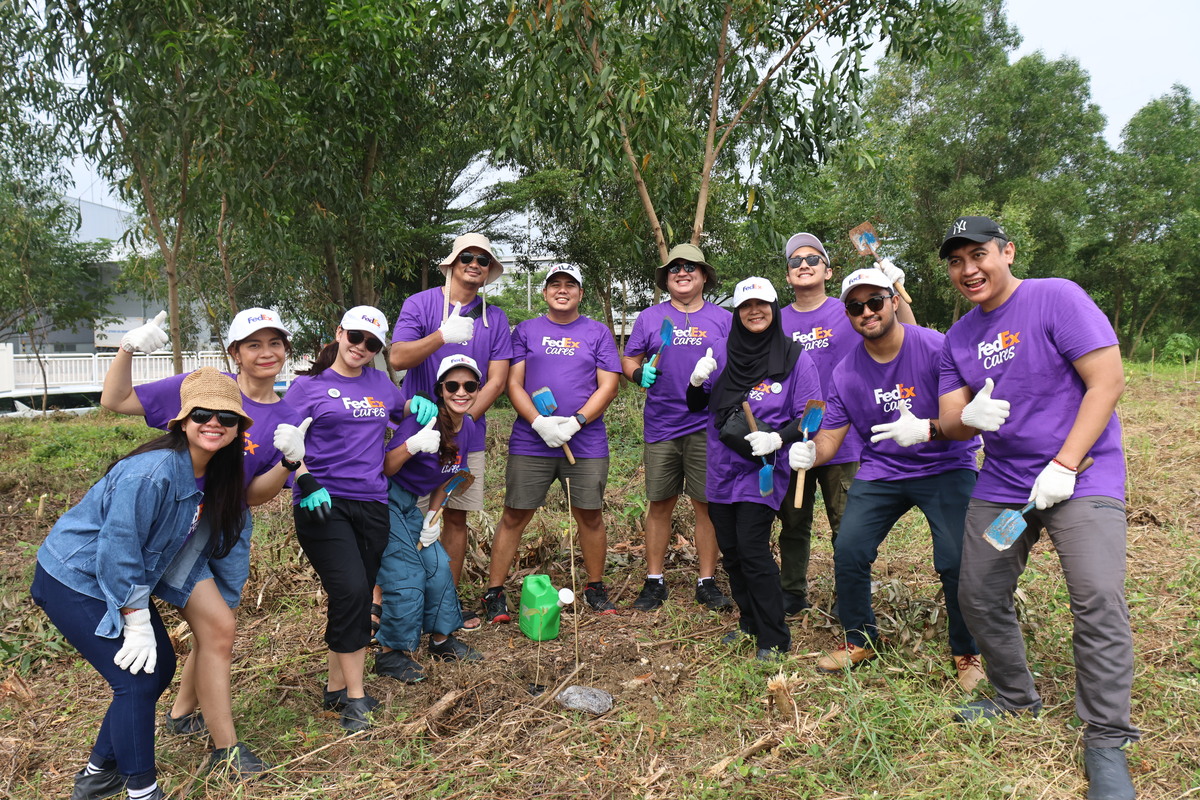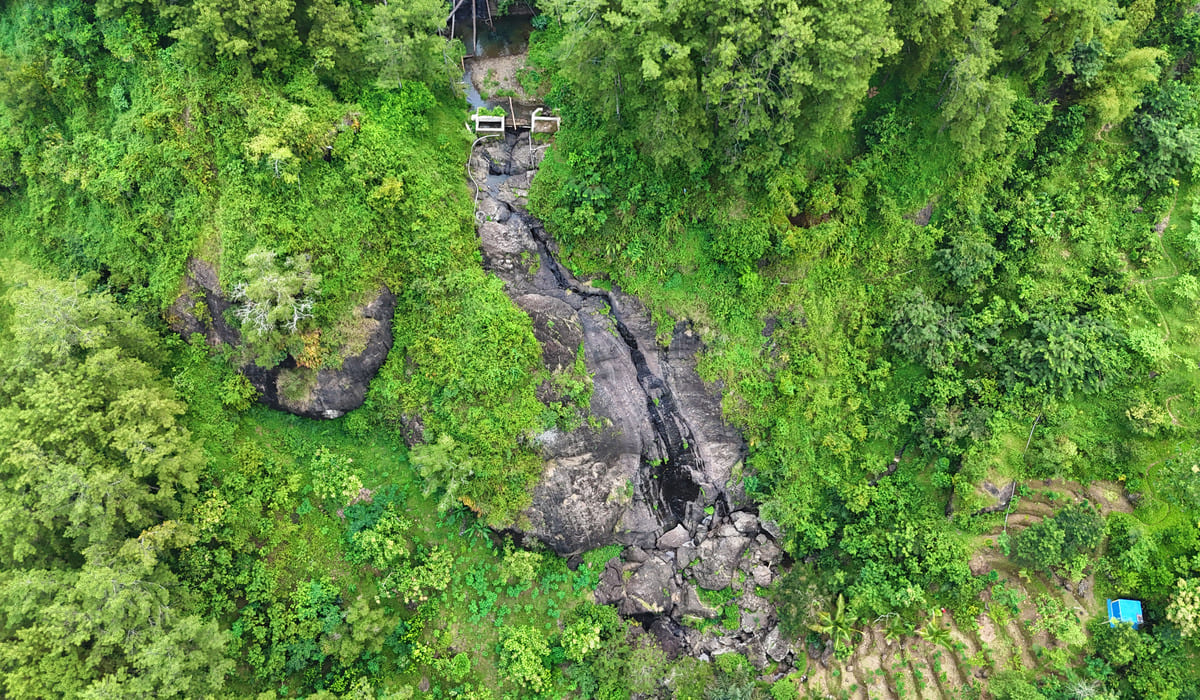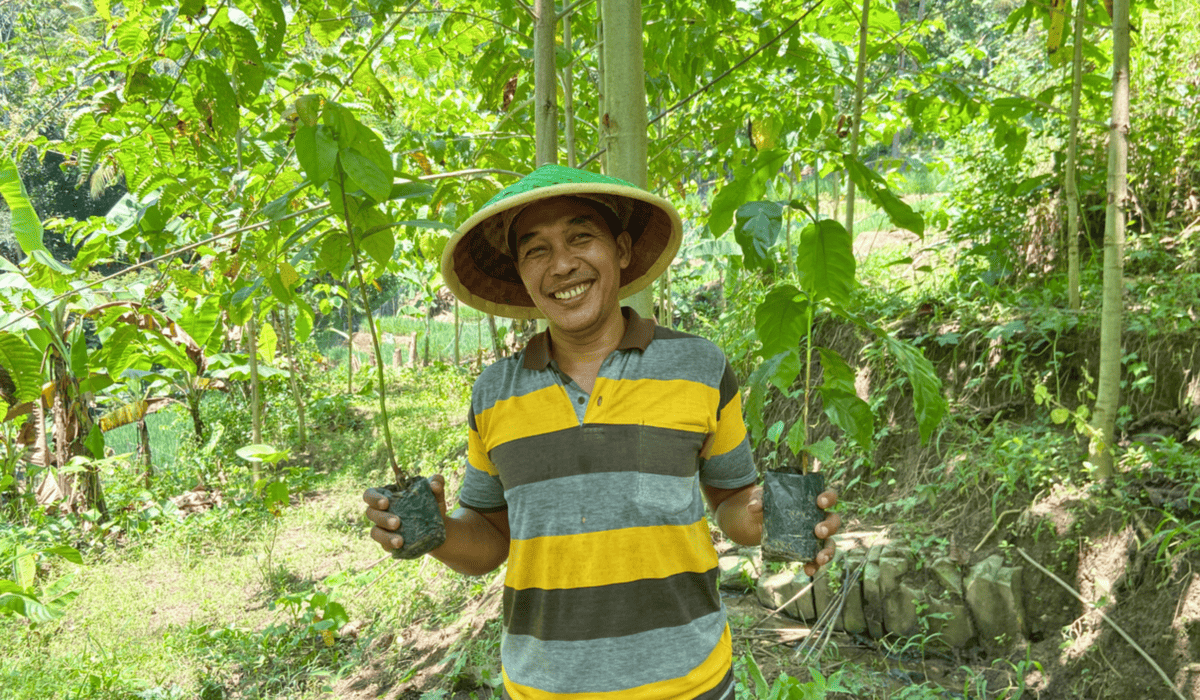Common Name |
Kopi |
Description |
There are over 120 species of Coffea, which is grown from seed. The two most popular are Coffea arabica (commonly known simply as “Arabica”), which accounts for 60–80% of the world’s coffee production, and Coffea canephora (known as “Robusta”), which accounts for about 20–40%.
The trees produce edible red or purple fruits, known sometimes erroneously as “cherries”, which are described either as epigynous berries or as indehiscent drupes. These contain two seeds, called “coffee beans”, though they are not true beans. In about 5–10% of any crop of coffee fruits, only a single bean is found. Called a peaberry, it is smaller and rounder than a normal coffee bean. These are often removed from the yield and either sold separately or discarded. When grown in the tropics, coffee is a vigorous bush or small tree that usually grows to a height of 3–3.5 m (9.8–11.5 ft). Most commonly cultivated coffee species grow best at high elevations, but do not tolerate freezing temperatures. The tree of Coffea arabica will grow fruits after three to five years, producing for an average of 50 to 60 years, although up to 100 is possible. The white flowers are highly scented. The fruit takes about 9 months to ripen. |
Products |
Food: Dried seeds (‘beans’) are roasted, ground, and brewed to make 1 of the 2 most popular beverages in the world. In its native Ethiopia, it has been used as a masticatory since ancient times. Cooked in butter, it can be used to make rich flat cakes. Coffee is widely used as flavouring in ice cream, pastries, candies, and liqueurs. In Arabia, a fermented drink from the pulp is consumed.
Fodder: Pulp and parchment are occasionally fed to cattle in India. Apiculture: Honeybees collect nectar and pollen from the flowers. The honey is light with a characteristic flavour. Mixed coffee-orange honey is very highly valued. Timber: Wood is hard, dense, durable, takes a polish well, and is suitable for tables, chairs and turnery. Poison: C. arabica seeds contain caffeine, which has been described as a natural herbicide, selectively inhibiting germination of seeds of Amaranthus spinosus. Medicine: Reported to be analgesic, an aphrodisiac, anorexic, antidotal, cardiotonic, CNS-stimulant, counterirritant, diuretic, hypnotic, lactagogue and nervine. Coffee is a folk remedy for asthma, tropine poisoning, fever, flu, headache, jaundice, malaria, migraine, narcosis, nephrosis, opium poisoning, sores and vertigo. Soil improver: The pulp and parchment are used as manure and mulches. Annual litter fall from both shade and crop trees, including pruning residues, maintain soil organic matter levels and hence the cation exchange capacity; this reduces the risk of leaching losses and permits a more efficient use of any inorganic fertilizers applied |







